PR with purpose
Telling the right story can be a game-changer for charities. But how do you craft one that makes people connect with the cause?
06 February, 2025

Previously, NOSY's Communications Director, Matt White, was Head of Communications for the Mountbatten Hospice Group. Since 2019, NOSY and Mountbatten have collaborated on various projects, working together to create film, photography, website and social media assets, as part of the charity’s wider PR strategy.
Matt provides an insight into how purposeful PR can champion the work of charities, and how strong storytelling can be a successful tool for showcasing services and raising funds.
Identifying the purpose
The first step is to gain an understanding of what a charity is looking to achieve. Is it simply about raising money, growing the brand or is there something more specific?
Once we have established the key objectives, we explore the audience we want to reach to help us achieve them. Are we talking to people already known to the charity or those who know little or nothing about us? Potential donors? Prospective volunteers? Event participants? Whoever we’re talking to, we have to ensure the stories resonate and have impact. We need people to feel a connection with the charity if we want to gain their support.
People give to people
The most compelling stories bring the human element to the forefront. Donors want to connect with real people, so telling a story about someone who's directly affected has more impact.
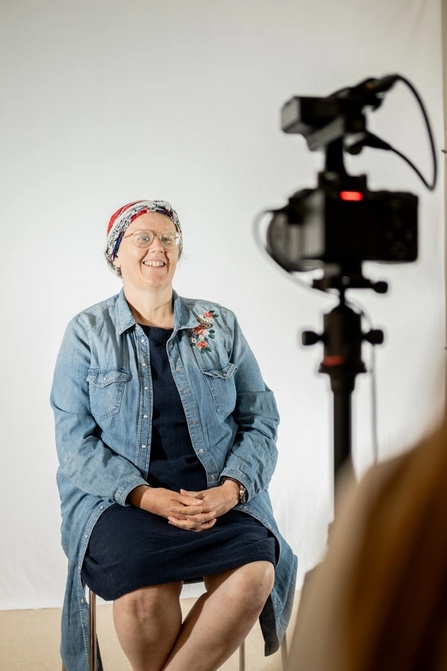
In 2023, NOSY worked with Mountbatten to create the Your Mountbatten Stories film. Charities, particularly local ones, are constantly asking their communities for money. They can’t afford to stop asking but it can feel relentless. Finding new ways of connecting with donors is vital to building and sustaining new relationships with them. With Your Mountbatten Stories, we took a simple approach, stripping everything back and shaping the entire narrative around people’s experiences of Mountbatten.
Filmed in black and white, patients and loved ones spoke directly to the camera, sharing stories about their struggles and how Mountbatten had helped them, fostering empathy and helping donors see the real, tangible impact their support can have.
Great stories appeal to emotions. Whether it’s hope, empathy or compassion, emotions drive people to act.
Authenticity
Authenticity is key in charity communications. Being honest and transparent about challenges charities face is a strong message and not one they should hide from. Charities showing they are committed to the cause, even when things aren’t easy, give people reasons to feel they can help. Transparency about where donations go builds trust, encouraging donors and supporters to become more engaged and involved.

In 2024, NOSY and Mountbatten worked together on the Without Mountbatten film. The film was created to highlight the funding gap between the hospice and the NHS, using anecdotes from patients, loved ones, staff and volunteers.
The aim of the film was to make people aware of Mountbatten’s funding issues, being very clear about the financial shortfall, and using the stories to give context around how it could impact on people it supports.
The impact of donations
Showing people how their donation makes a difference is one of the most effective ways to motivate them. All charities crave sizeable donations which help balance the books, but that should not mean the emphasis on smaller amounts should be lost. Everything needs to be relatable. Concrete examples make the cause feel more actionable and achievable.
Clear, not complicated
Using clear and simple language is really important in making stories accessible to a wide range of people. Particularly in written stories for websites and press releases, the message is often aimed at a mass audience, so holding attention is key. While it can be tricky, especially when there is a lot to say, stories need to be well structured and concise to ensure the reader can follow along effortlessly. Maintaining the charity’s tone of voice is also important. Anyone providing PR services for a charity should immerse themselves in their brand guidelines.
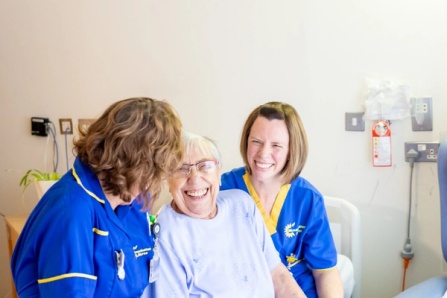
Call to action
Every story needs a call to action (CTA). Tell people exactly what you want them to do next - whether it's donating, volunteering or sharing the story with others. The CTA should feel like a natural extension of the story told, not an abrupt interruption.
A well-crafted CTA can be incredibly powerful. For example, if the story has detailed the struggle of a family receiving support from the charity, your CTA could ask people to donate to help another family facing the same challenges.
Utilise multiple platforms
Once your story is ready, ensure it’s shared as far and wide as possible, tailoring it to suit the respective platform and audience. Lengths and formats of stories may need adjusting but the core message should remain the same.
Visuals can play a big role in amplifying stories and using photos of the people who benefit from the charity’s work can enhance the emotional impact. In all of NOSY and Mountbatten’s projects, visual assets have been created to enable the stories to be shared across websites, social media platforms and in printed literature.
Infographics also add a dynamic element to the story, helping to engage viewers in a different way.
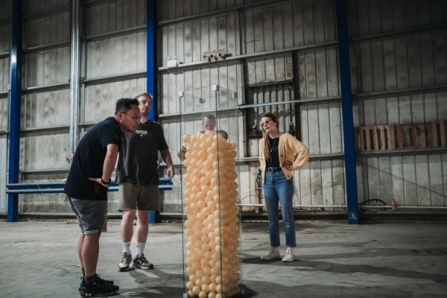
Jax Jones, Mountbatten Communications and Engagement Manager, pictured, above, with NOSY's Laurence Montalbo, Matt Greg and Matt White, said:
"NOSY's storytelling expertise has been instrumental in helping Mountbatten connect with our community on a deeper level. With Your Mountbatten Stories, we focused on the raw, human experiences of those we support, fostering empathy and connecting the donor directly to our beneficiaries.
Without Mountbatten took a bolder approach, using powerful visuals to highlight the funding gap between hospices and the NHS, making the urgency of our message impossible to ignore. Both films have received national recognition through the Smiley Charity Film Awards, reinforcing their impact and reach.
As a result, we’ve seen stronger engagement, deeper connections with donors, and a greater awareness of the urgent need to fund hospice care."
Conclusion
Stories are a tool for creating change. By being authentic and showing the tangible impact of donations, you can craft a story that inspires people to take action. For charities large and small, always remember your story has the power to make a real difference.
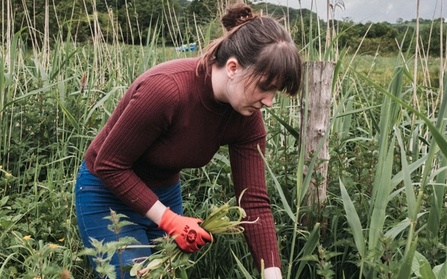
Prosperity over profit
We live in a world where 'growth at all costs' doesn't align with a sustainable future. Instead, we look at the impact we have on the prosperity of people as a key benchmark of our success.
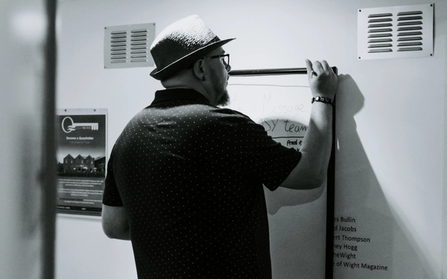
Building brands with clarity and purpose
Over nearly 20 years, Scott Bennett has helped shape brands that stand for something. As NOSY’s Creative Director, he shares how strong brands are built.
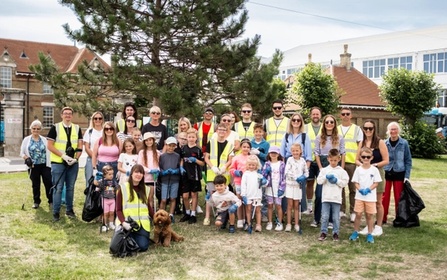
Community comes together for town tidy up
The East Cowes community came out in force to help tidy up the town recently, in the latest installment of our Rubbish Networking event.